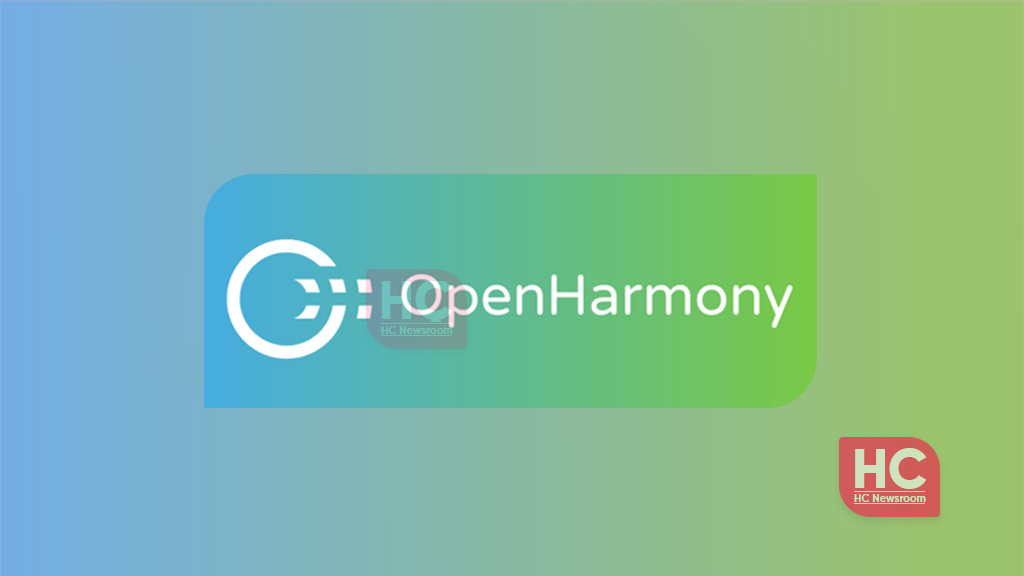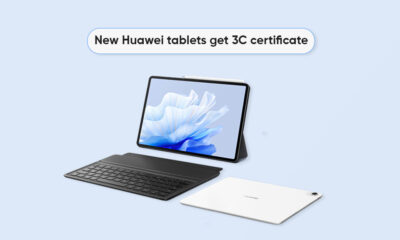HarmonyOS
Jinhong OS launched based on HarmonyOS

Two new Chinese industry partners have recently launched Jinhong OS operating system based on the open source Huawei HarmonyOS, OpenHarmony.
According to information, Jinhong OS is supported by China’s Tianjin Port Group and Shenzhen Kaihong Digital Industry Development also known as Shenkaihong.
Details reveal that Jinhong is a full-scenario distributed operating system based on OpenHarmony and specially designed for the port industry. Such an operating system could be helpful for the industry player and ease the tasks.
Also, it’s the first OpenHarmony industry-distributed operating system commercially used for the port industry. Building a unified base for digital twins of ports, it’s supported by Huawei’s port industrial internet platform.
That’s not it, the OS could drive integration of multiple devices, breakthrough hardware limitations and industry boundaries, adapt cross-device smart collaboration interaction and connect all elements of the port such as ships, machines, people, and the environment.
This would result in a comprehensive connection between all of the devices and data, enabling multiple scenarios such as device operation and Maintainance, digital perception, decision-making assistance, digital care, and more.
The HarmonyOS based Jinhong OS will help to conduct efficient operation of the port business and support the creation of a comprehensive industrial internet-based smart port.
Shenzhen Kaihong was established in Shenzhen, China in 2021. Kaihong OS creates an interoperable, interconnected, and shared digital space.
It also brings a manageable and controllable super device ecosystem with flexible expansion, and flexible combination, aggregated into a full-scenario super device solution, and adopting a wider range of software-defined hardware and creating a positive impact with smart infrastructure, health care, smart energy, transportation, manufacturing, governance, finance, education, and many more industries.
(via – ithome)






